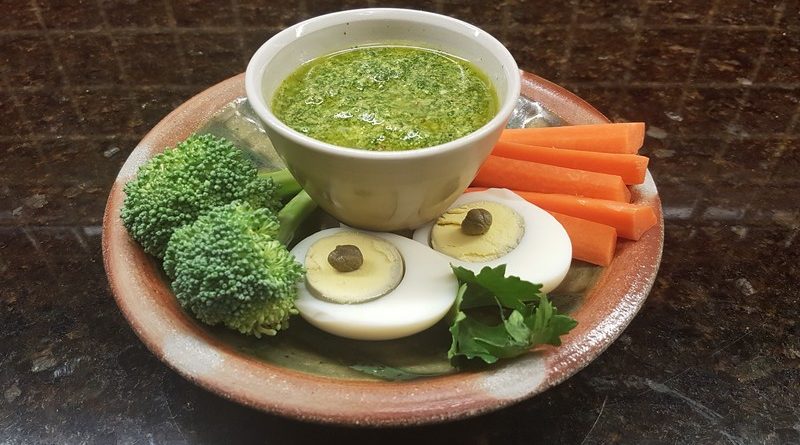Herbs make everything more interesting!
Dodi Newman
“Herbs deserve to be used much more liberally,” says chef Yotam Ottolenghi. I couldn’t agree more—fresh herbs transform ordinary food stuffs into something quite extraordinary. Take tabouleh: lots of fresh parsley and a bit of mint turn a bowl of bulgur wheat and a few chopped tomatoes into a sensation with lemon juice.
The freshest and most flavourful herbs are those you grow yourself. Growing them organically is even better—it maximizes their flavours and keeps you healthier. Herbs will grow anywhere—in a garden, window boxes, and pots—as long as there is reasonably good but not rich soil, a container large enough to accommodate their root systems, and a minimum of six hours of sun a day.
Perennials like rosemary, thyme, and sage, which are not winter-hardy here, can be grown in the garden, but growing them in pots has the advantage that you can bring them indoors to overwinter, though rosemary may find it difficult to adjust. Because our growing season is short, it is best to buy these as one or two-year-old plants. Chives and French tarragon are very hardy and will easily overwinter in the garden. Chives will also thrive indoors, but tarragon won’t. Annuals like parsley, dill, Italian and Thai basil will grow in pots, but they prefer to be seeded directly into the ground as soon as the danger of frost is past.
Drying your home-grown perennial herbs in a dry, airy and shady place gives very good results—not perfect, but immeasurably better than commercially dried ones. Annual herbs don’t dry so well. But make them into pesto, pack them into small jars, add a layer of olive oil, seal and freeze them. They’ll put any bought pesto in the shade and work their aromatic magic for up to two years.
Green sauces, condiments, and dips showcase herbs and add variety and interest to meals the world over: grüne soße from Germany, traditionally served with potatoes, features seven different herbs; spicy Peruvian aji verde is a cilantro, mint, and jalape—o-based green sauce that is great on tacos, vegetables, and shines on grilled fish and meats; sauce verte is its subtler and mellow French cousin; Thai green curry paste is fresh, hotter than blazes, and makes a superb shrimp curry. You can find excellent recipes for all of these sauces online.
And then there is Paola Scaravelli’s Tuscan salsa verde, pesto’s big brother, that does wonders for crudités, potatoes, hardboiled eggs, and boiled chicken or beef left over from making broth. As with all herb-based sauces, it is important that the herbs be on the young side—they get bitter and tough as they age.
Salsa verde Toscana
½ slice best, day-old Italian bread, 3 x 3 x ½ inches
1 garlic clove, chopped
½ cup tightly packed basil, tough stems removed
½ cup tightly packed parsley, tough stems removed
2 tablespoons lemon juice
2 tablespoons capers
1 hard-boiled egg yolk, mashed with a fork
2 tablespoons pine nuts
1 cup extra-virgin olive oil
Salt and freshly ground black pepper
Place bread, garlic, basil, parsley, lemon juice, capers, egg yolk, and pine nuts in the work bowl of a blender or food processor, process until smooth. Gradually add the oil with the machine running. Correct seasoning to taste.
Refrigerate for at least one hour before using. Tightly covered, this will keep in the refrigerator for up to a week.

Photo Dodi Newman
